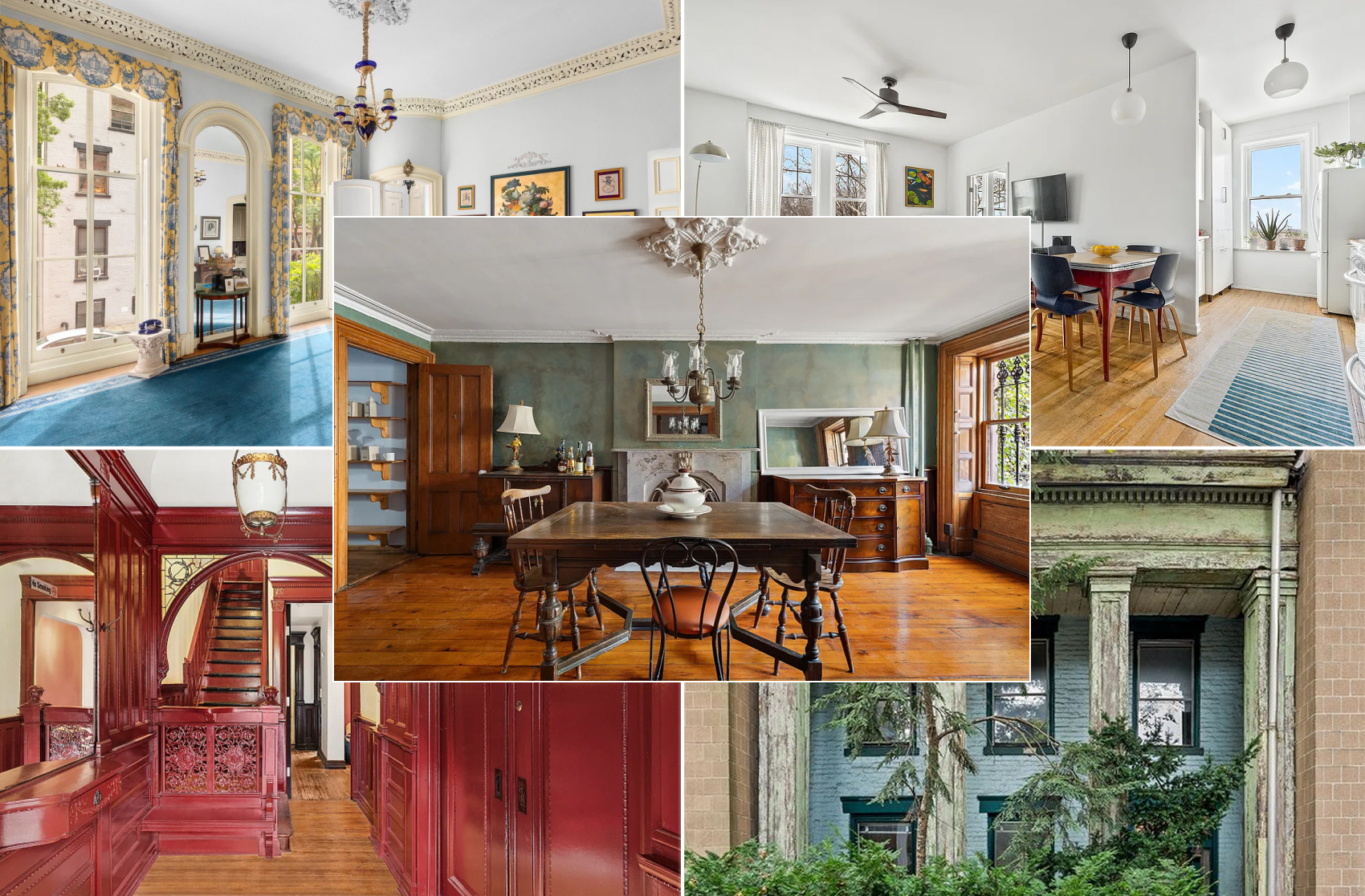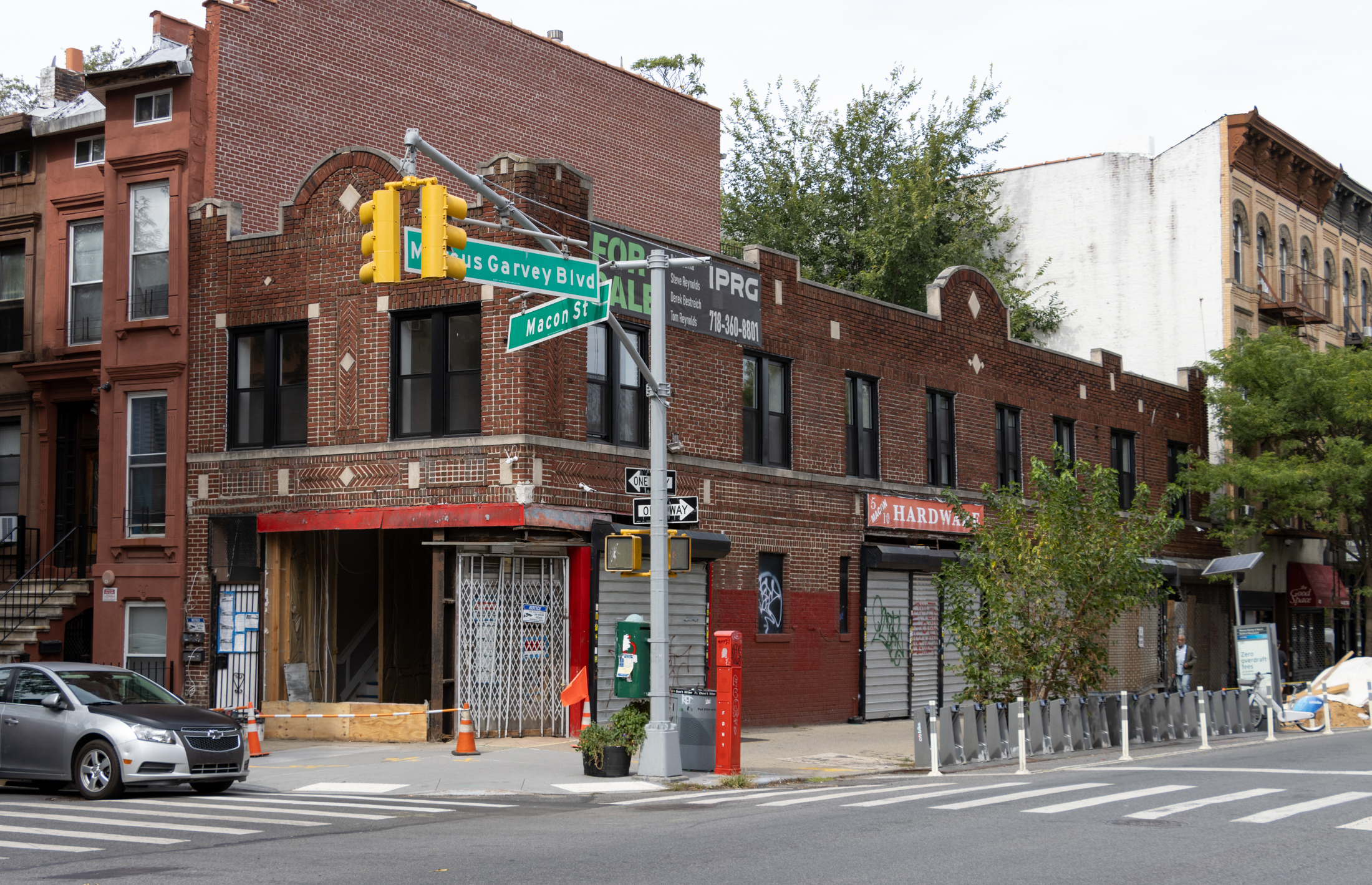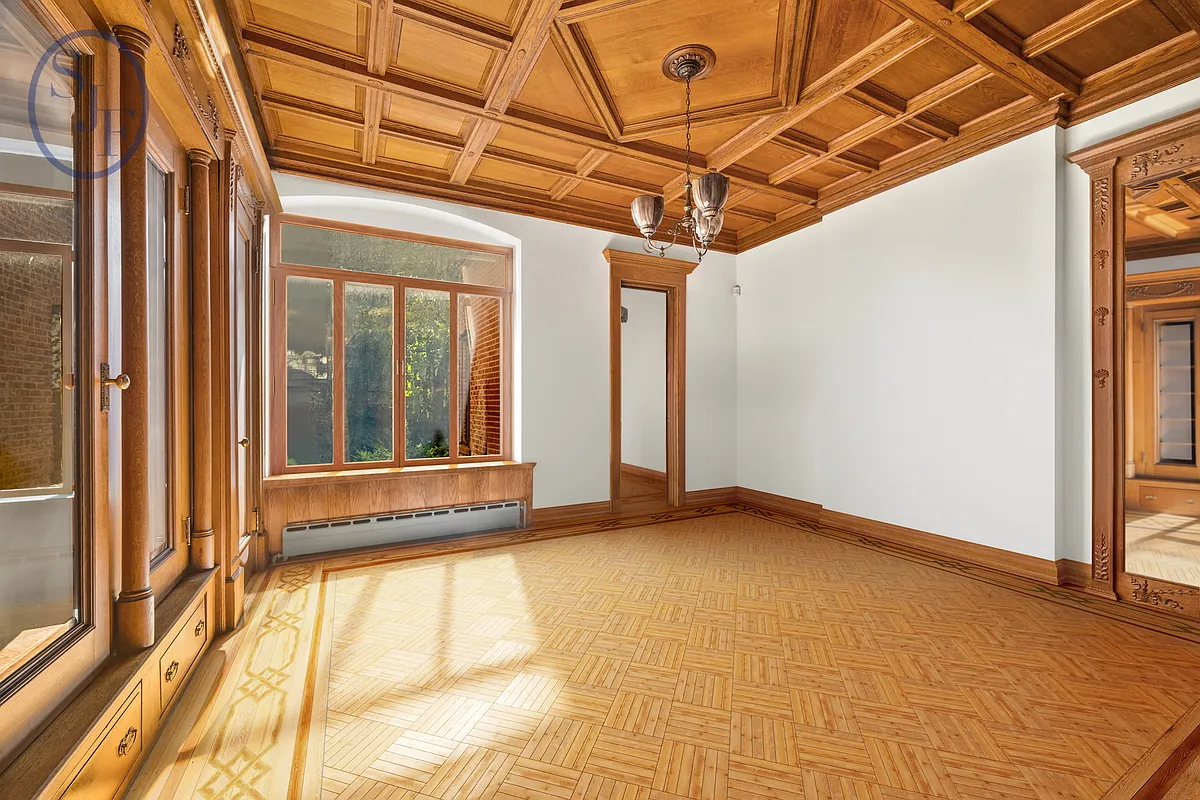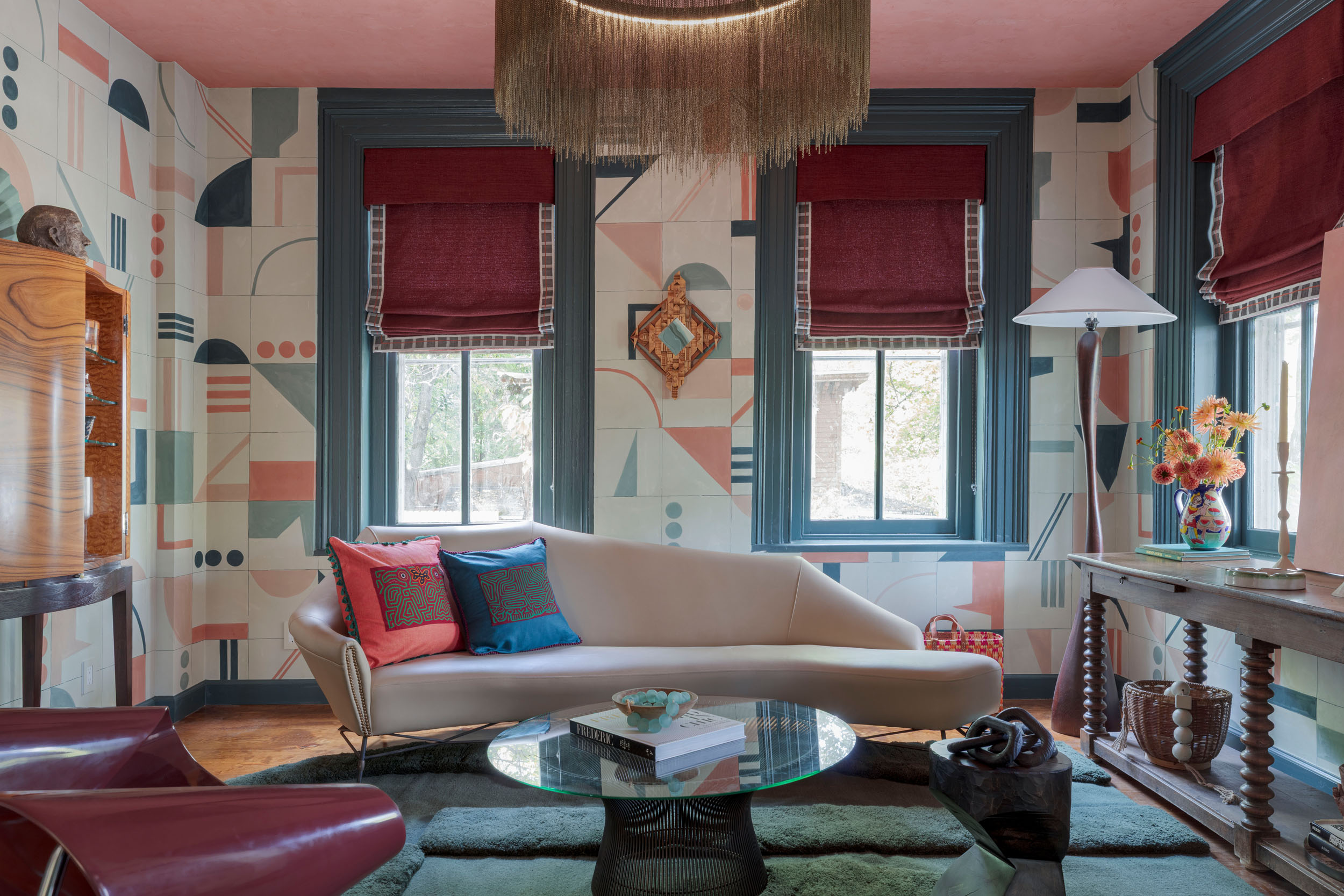What's it Like in Crown Heights?
That’s what Brooklyn Based has been asking, and two Crown Heights residents—a relative long-timer and a newcomer—are answering. The 12-year resident pays $864.72 for a fourth-floor walk-up, likes the transportation options and the West Indian Day Parade, and doesn’t like the violence, not surprisingly. Still she feels safe. The three-year resident moved to a one-bedroom…


That’s what Brooklyn Based has been asking, and two Crown Heights residents—a relative long-timer and a newcomer—are answering. The 12-year resident pays $864.72 for a fourth-floor walk-up, likes the transportation options and the West Indian Day Parade, and doesn’t like the violence, not surprisingly. Still she feels safe. The three-year resident moved to a one-bedroom for $1,100. She finds the lack of big box commerce—dry cleaners and fruit stands but few big chains—a reprieve from mall-ized Manhattan, and like the longtime resident, appreciates the new upscale restaurants moving in. But she makes a point: new residents, and the businesses that accommodate them, seem to have little to do with longtime residents. Crown Heights has long been known as a neighborhood of duality, with African-Americans and Orthodox Jews sometimes in conflict, sometimes in harmony, but now there seems to be another Crown Heights emerging. Thoughts?
Photo by sahadeva.





dittoburg- in an article about the changes in Crown Heights, and interviews with people who live here for the beautiful pre-war apartments and life in crown Heights overall, this picture certainly doesn’t illustrate or support the point of the article. As an streetscape it’s pedestrian and misleading as an illustration. Simply a poor choice.
NOP and 1842- I was using a bit of hyperbole but I happen to know families who bought their house in the fifties (one actually in the 40’s I believe) and was stating that to show people that Black homeowners are not a new phenomenon. (Of course for some ..er… younger people, the 50’s is the dawn of Time. Also, if you’re an Elvis lover it’s the beginning. 🙂
I think bxgrl was exaggerating only to prove a point; that black families have been here, as property owners, for quite a while. Traditionlly black Brooklyn neighborhoods share that distinction, which actually was not true for much of Harlem, for a very long time. Absentee landlords played a far greater part in the ebb and flow of Harlem’s fortunes.
I have met many homeowners who have been in their homes, albeit starting as children, for over 50 years. Interestingly enough, NOP, most of them do have a West Indian background, but assimilation was the rule of the day back then, and people were not as nationalistic about their point of origin to outsiders, as opposed to the ethnically based pride of newer immigrants now. You may just never have known.
1842 and Montrose:
There was a certain exhileration to living in Crown Heights in the 1950’s. For a time it attracted progressives who wanted to live in a racially-integrated neighborhood: writers, poets, artists, activists, union organizers, lots of whom gave great parties where we kids could listen to energetic political talk.
This was the time of the civil rights movement, and there were people who thought Crown Heights, if stabilized, could represent a new kind of community. Maybe that’ll happen — even if fifty years later.
NOP
I see NHS is creeping in. That is an engaging photo, plenty going on. I presume it was chosen for its visual appeal like most photos here, and not for its neighborhood promotional value. People are too sensitive.
NOP – Balantine ale is available, yum, but not always easy to find.
Oops, meant “who’s” not “whose” in my post above.
Nice to hear of your experiences as usual NOP.
Bxgirl – you said “It’s a less known aspect of Crown heights North that many of the homes have been owned by Black families since the dawn of time (well, maybe slightly less), and many of these families are today the core of business and professional people who have stabilized the area and gotten landmark status for CHN.”
I agree with the second part of your sentence about the core of black professinal and business people stabilizing the area and pushing for landmark status, but the first part of you post is not correct and feeds on the “this has been a [fill in the blank for race/ethnicity]” neighborhood since it was built – which usually leads to the whose been here longer fight. Crown Heights and all neighborhoods in brownstone Brooklyn have changed demographically over time, and will continue to do so (hopefully in a mixed way from my point of view) over time.
Thanks for the additional links, Lisa. A good selection and a nice cross section of a very large neighborhood.
NOP, great, as always, to tap into your memory well. Would love to see photos of those days.